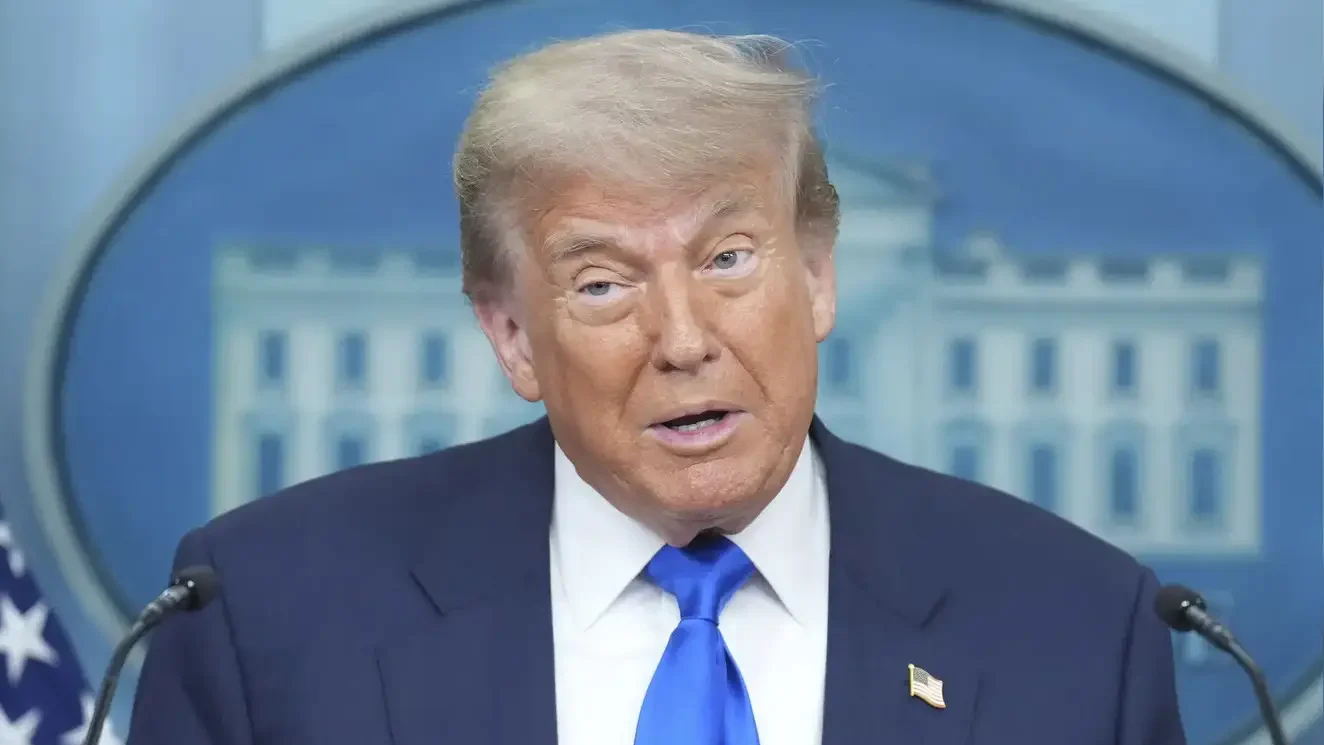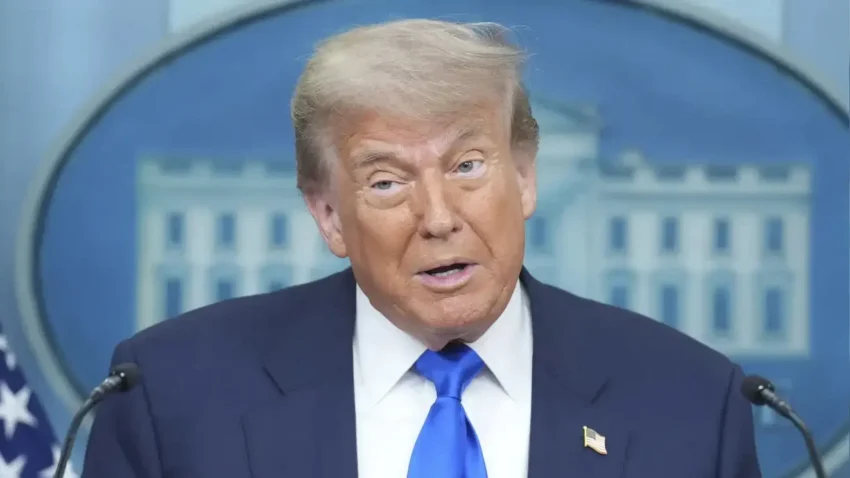
Introduction
The US tariff warning to India has once again taken center stage in global trade discussions, with Washington issuing a clear threat of imposing additional trade penalties if key disputes remain unresolved. This development marks an escalation in the ongoing tensions between two of the world’s largest economies, raising concerns among exporters, importers, and policymakers.
India, which has been diversifying its trade relationships in recent years, now faces the challenge of balancing its domestic economic priorities with increasing pressure from the United States. At the core of the dispute are disagreements over tariffs, import restrictions, and policy decisions that Washington views as barriers to free trade.
The Latest Warning from Washington
The latest US tariff warning to India was issued after high-level talks between American trade officials and their Indian counterparts failed to produce a breakthrough. According to US sources, the Biden administration (continuing Trump-era trade positions in some areas) has made it clear that more tariffs will be introduced if India does not make “substantive changes” to certain trade policies.
Some of the major points of contention include:
- Agricultural imports: US agricultural producers argue that India’s tariffs on products like apples, almonds, and dairy remain too high.
- Technology and digital taxes: India’s digital services tax continues to be a sticking point, with US tech companies claiming it unfairly targets them.
- Energy trade: Washington is unhappy with India’s continued purchase of discounted Russian oil, despite ongoing sanctions.
Why the Warning Matters
A US tariff warning to India is not just a diplomatic statement — it has tangible consequences for both countries’ economies. The US is India’s largest trading partner, with annual bilateral trade exceeding $190 billion. Additional tariffs could:
- Increase costs for Indian exporters, particularly in the textile, steel, and pharmaceutical sectors.
- Affect US consumers, who rely on competitively priced Indian goods.
- Disrupt global supply chains, especially in electronics and IT services.
In the past, tariff hikes have had immediate impacts on stock markets and business confidence, and this time is unlikely to be different.
India’s Response to the Tariff Threat
New Delhi has responded cautiously to the US tariff warning to India, emphasizing that trade discussions must be “mutually respectful and equitable.” Indian trade officials argue that certain protective measures are necessary to safeguard local industries and employment.
Government sources suggest that India is unlikely to make rapid concessions under pressure, but may be open to a phased approach. This could include:
- Gradual lowering of specific tariffs in exchange for greater US market access for Indian goods.
- Discussions on reducing the digital services tax over time.
- Increased cooperation in areas like renewable energy and technology transfers.
Historical Context of US-India Tariff Disputes
The US tariff warning to India is not new. Trade tensions have flared multiple times over the past two decades:
- 2018–2019: The Trump administration withdrew India’s preferential trade status under the Generalized System of Preferences (GSP), citing unfair trade practices.
- 2020–2021: Disputes over agricultural imports and medical device pricing regulations strained relations.
- 2022–2023: Technology sector disagreements, especially around data localization, led to renewed friction.
While these issues have sometimes been resolved through negotiation, others have remained long-standing irritants in the relationship.
The Role of Domestic Politics in the US
The latest US tariff warning to India comes at a time when domestic political pressure in Washington is mounting. With elections on the horizon, both Democrats and Republicans are seeking to present themselves as defenders of American workers. Trade actions against foreign countries — particularly fast-growing economies like India — are often framed as a way to protect US manufacturing jobs.
However, business groups in the US warn that such measures could backfire. The US-India Business Council has urged both governments to “avoid tit-for-tat trade actions that harm economic growth.”
Potential Economic Impact
If Washington follows through on its US tariff warning to India, analysts predict:
- Indian exports to the US could drop by 10–15% in affected sectors.
- US import costs may rise, especially for products where India is a major supplier, such as generic medicines and textiles.
- Supply chain delays could impact industries like electronics assembly, where Indian components play a key role.
The World Bank has also noted that prolonged trade disputes between major economies can reduce overall global GDP growth.
Opportunities for Negotiation
Despite the tough rhetoric, there are still avenues to resolve the current US tariff warning to India without triggering a full-scale trade war:
- Bilateral trade agreements: Expanding existing frameworks to address disputes.
- Sector-specific deals: Negotiating tariff reductions in exchange for investment commitments.
- Strategic partnerships: Leveraging defense and technology cooperation to foster goodwill in trade talks.
Conclusion
The US tariff warning to India is a serious signal of Washington’s willingness to escalate trade disputes if its concerns are not addressed. While both nations have much to lose in a tariff war, they also have a history of finding common ground when strategic interests align.
In the coming months, the focus will be on whether trade negotiators can bridge differences without resorting to punitive measures. For now, businesses in both countries are watching closely — aware that the outcome of these talks could shape the economic landscape for years to come.

